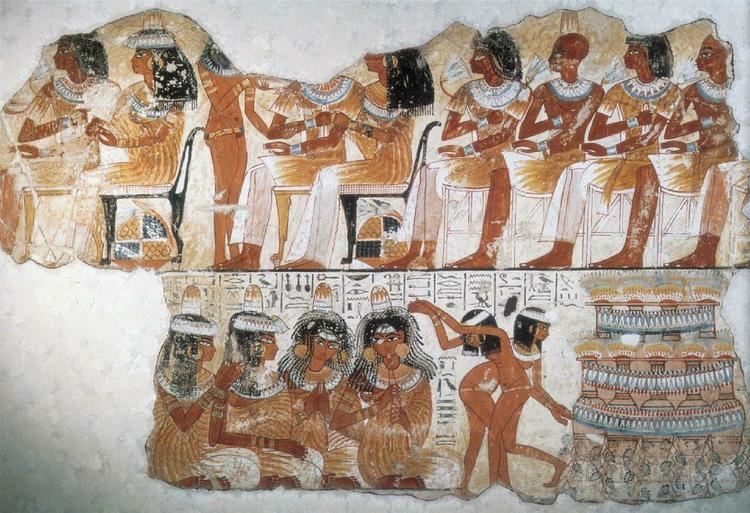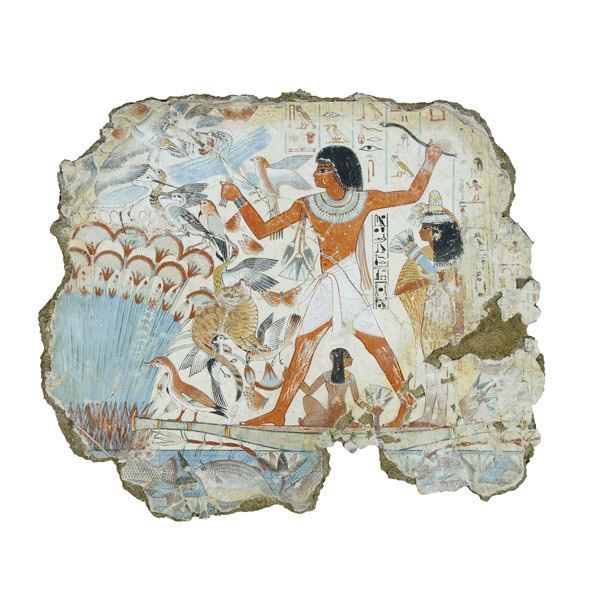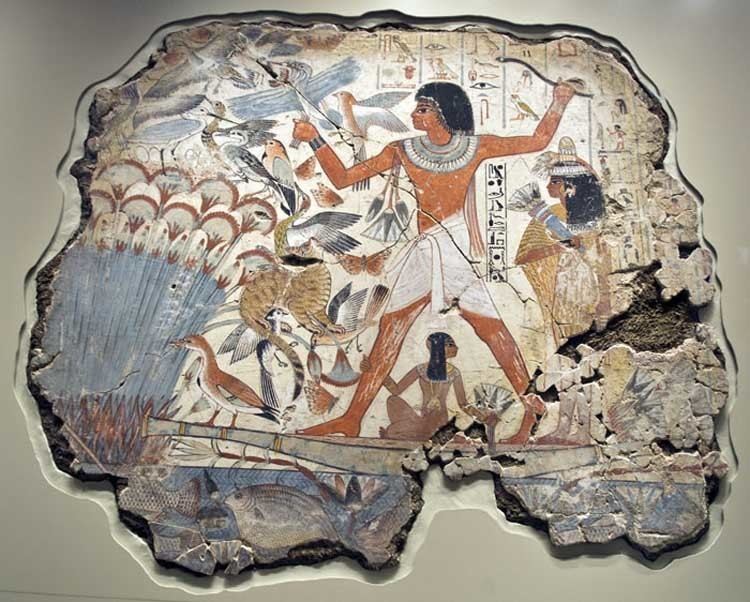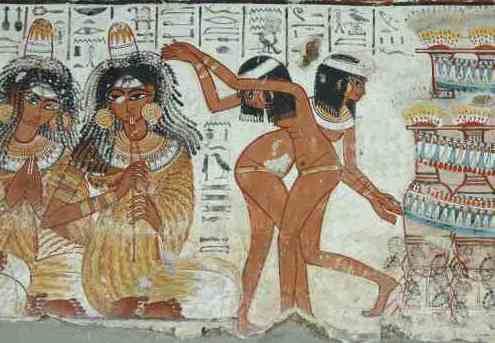 | ||
Similar Theban Necropolis, Deir el‑Bahari, Mortuary Temple of Hatshepsut, Mastaba, Deir el‑Medina | ||
The tomb of nebamun 2 in the british museum by hisham el meniawy
The Tomb of Nebamun was located in the Theban Necropolis located on the west bank of the Nile at Thebes (present-day Luxor), in Egypt. The tomb was the source of a number of famous decorated tomb scenes that are currently on display in the British Museum, London.

Nebamun (c 1350 BCE) was a middle-ranking official scribe and grain counter at the temple complex in Thebes. His tomb was discovered in 1820 by a young Greek, Giovanni ("Yanni") d’Athanasi, who was acting as an agent for Henry Salt, the British Consul-General.

The tomb's plastered walls were richly and skilfully decorated with lively fresco paintings, depicting idealised views of Nebamun’s life and activities. D’Athanasi and his workmen literally hacked out the pieces he wanted with knives, saws and crowbars. Salt sold these works to the British Museum in 1821, though some of other fragments became located in Berlin and possibly Cairo. D’Athanasi later died in poverty without ever revealing the tomb’s exact location

The best-known of the tomb’s paintings include Nebamun fowl hunting in the marshes, dancing girls at a banquet, and a pond in a garden. In 2009 the British Museum opened up a new gallery dedicated to the display of the restored eleven wall fragments from the tomb. They have been described as the greatest paintings from ancient Egypt to have survived, and as one of the Museum's greatest treasures

Various scenes from the paintings have been used by artists in more modern times. Lawrence Alma-Tadema incorporated a scene of geese herding for a wall decoration depicted in his Joseph, Overseer of Pharaoh’s Granary (1874), and Paul Gauguin used part of a banquet scene as a compositional plan in his Ta Matete(1892)


